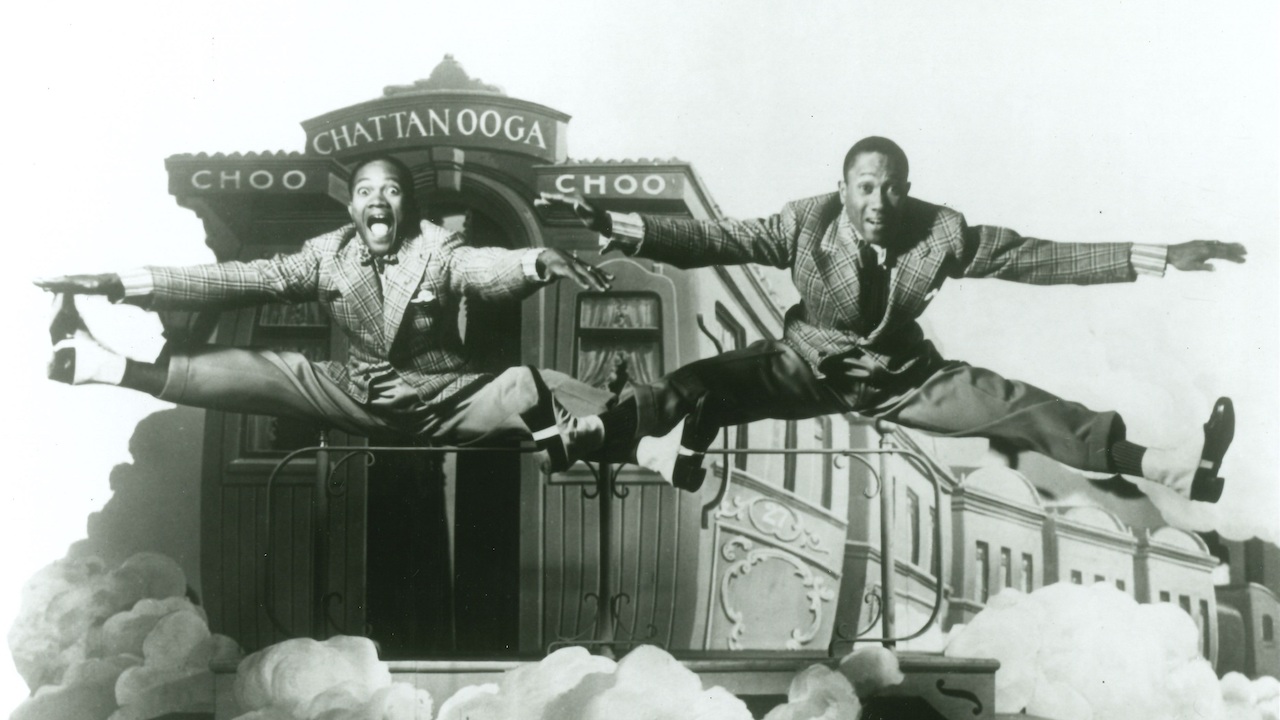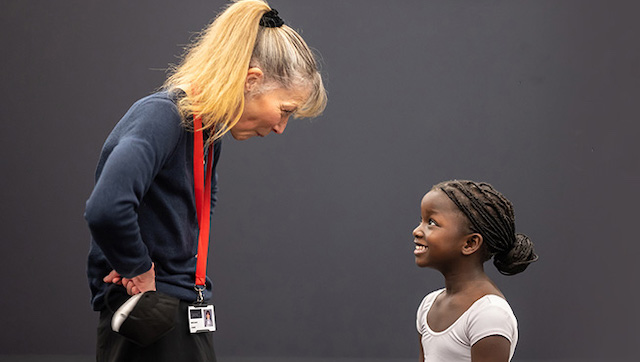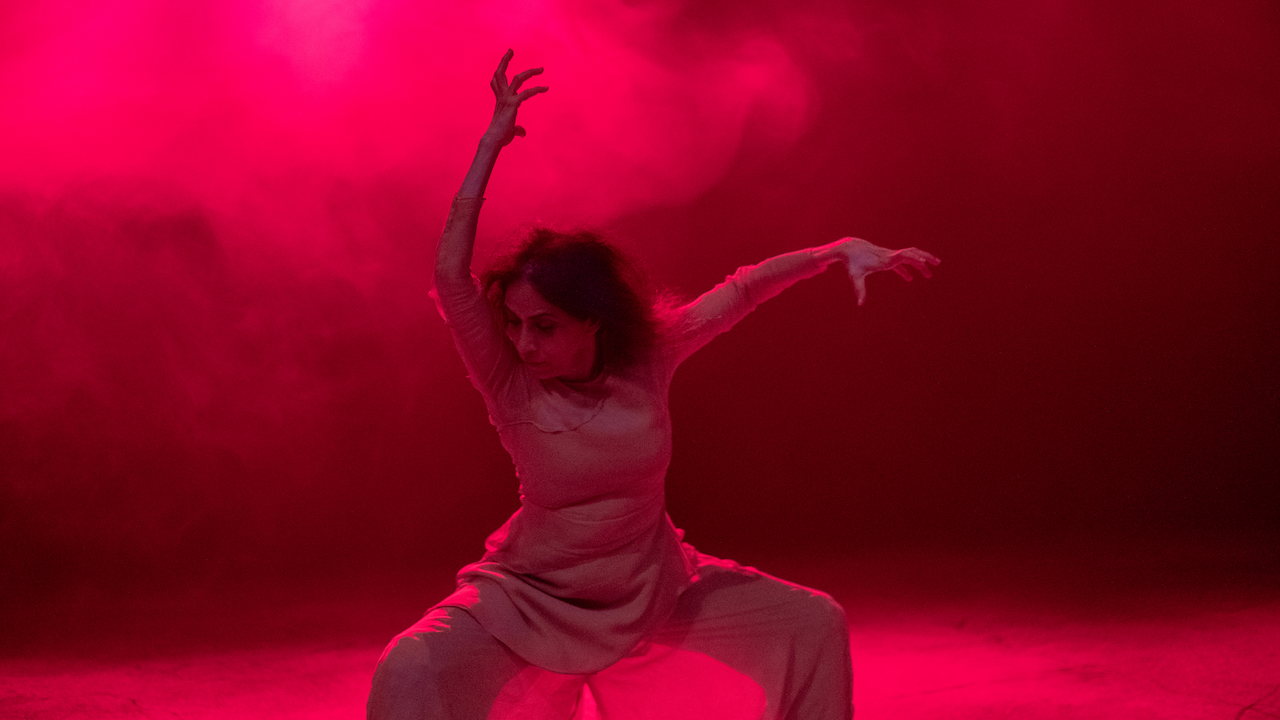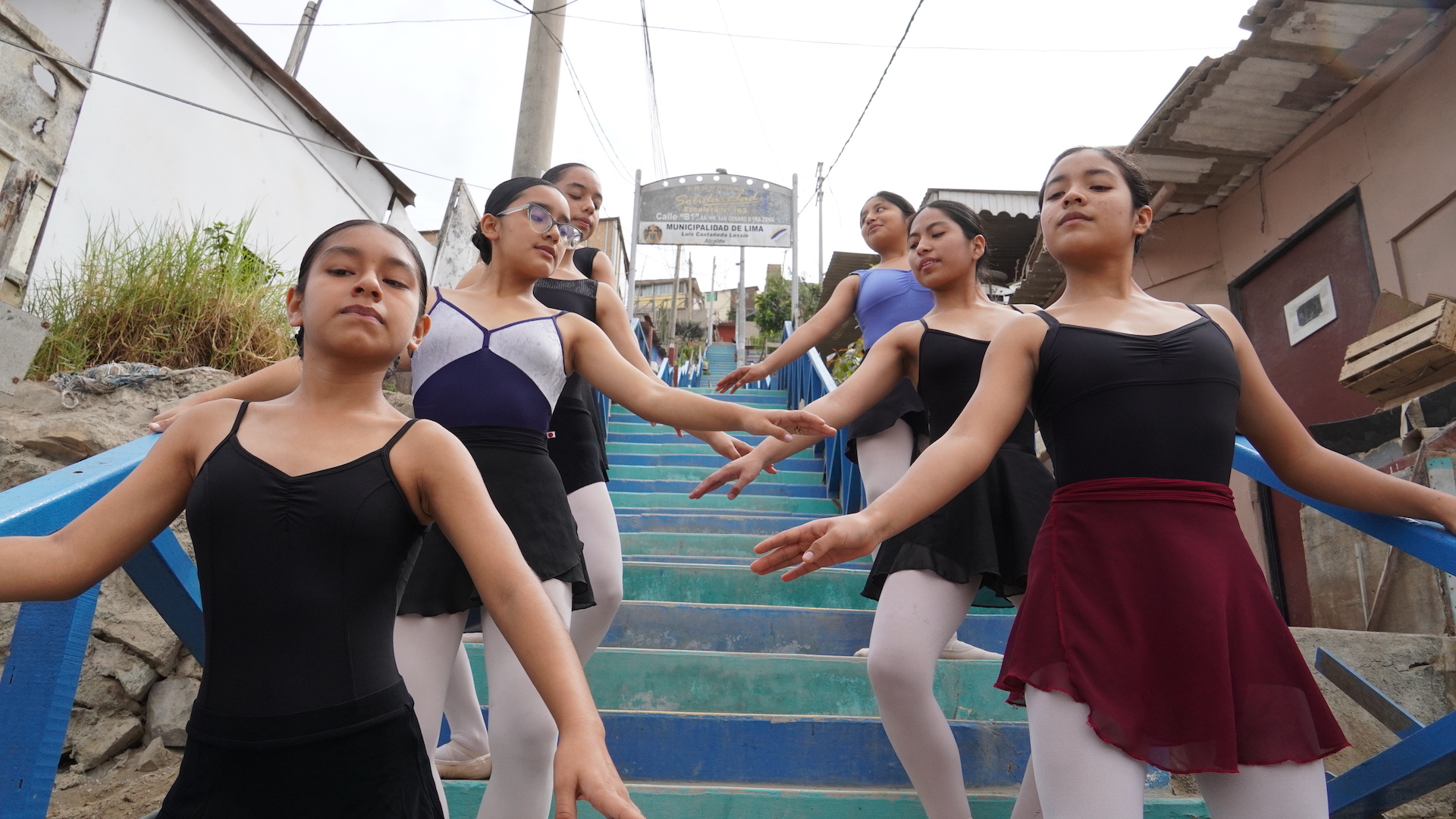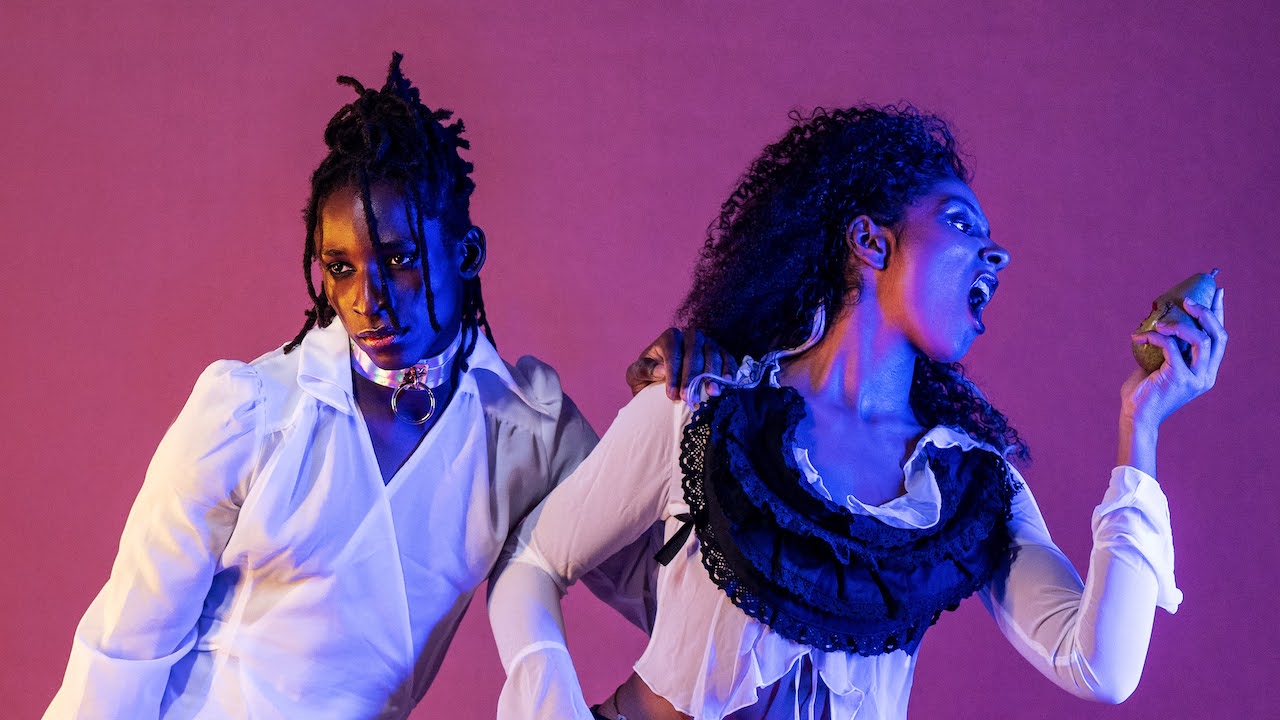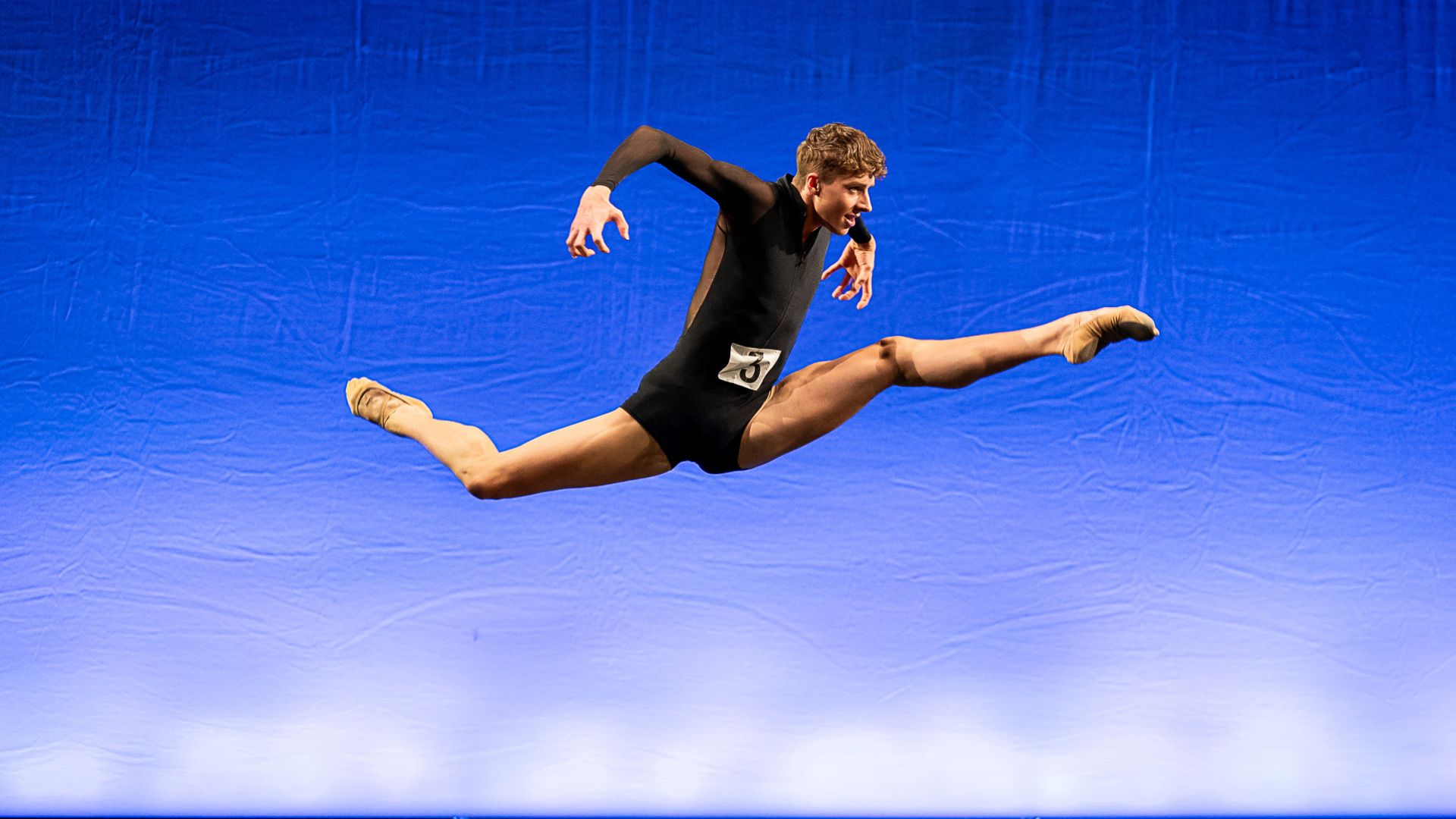Growing up, Erika Lantz dreamed of becoming a professional ballet dancer. She played Clara in her local Nutcracker and switched to homeschooling to accommodate her dance schedule. But over the years, as she dealt with chronic injuries, her love of ballet dimmed. When she was 15, Erika’s physical therapist – frustrated by her cycle of partial healing and re-injury – advised her to take three months off. Erika realised she would have to miss the prestigious summer intensive she’d been admitted to, but she wasn’t disappointed: she was relieved. She knew then that she was never going back to class.
‘It was all-or-nothing,’ she says on her podcast, The Turning, which explores George Balanchine’s impact on American ballet. But she sounds distraught as she recalls how she left without saying goodbye to any of her teachers – as though the difficulty of leaving was compounded by her unceremonious exit from ballet.
When I listened to Lantz’s podcast, I related to this episode. Like her, I studied ballet until I was 15 – and, like her, I just stopped going to class one day. I think I would have felt embarrassed to explain my decision to quit – ashamed that I had wasted everyone’s time. Maybe I was afraid my teachers would try to talk me out of it – or, worse, agree that I had made an accurate assessment of my own talent. A few years later, I caught sight of one of my teachers across the street, and walked briskly in the other direction. Ballet had been at the core of my identity for years; clearly, ghosting everyone at my studio was not the healthiest way to go.
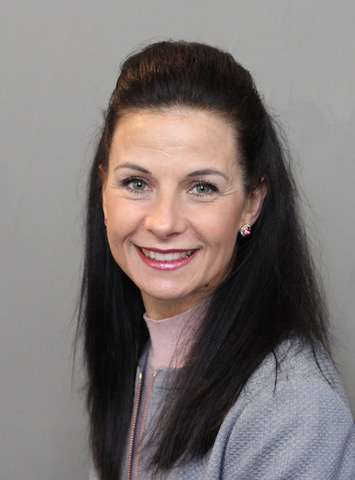

‘You do miss the students dearly. You put your heart and soul into them’
Lorna Procter
RAD students have a different approach to saying goodbye. For students who go all the way through the syllabus, farewells are marked by rituals that honour the years of work and care that have gone into their training. Lorna Procter, who has been running Procter Dance Academy in Liverpool, UK for 23 years, gives out prizes and arranges a celebratory meal for graduates and their families. Imogen Knight, who has been the principal of Colours of Dance in Cambridge, also in the UK, since 2010, individually thanks her students for their hard work, and invites graduates to join the alumni community on Facebook. At Bridget Porter Young’s studio in Charlotte, North Carolina, seniors feature on the school’s social media channels, dance solos of their choice in the end-of-year recital and receive bouquets of flowers onstage.

Even so, goodbyes are inevitably bittersweet. ‘You do miss them dearly when they go,’ says Procter. ‘You’ve put your heart and soul into them, but that’s what our job is.’ They know some of their students from the time they’re toddlers through early adulthood. ‘We do really get to be part of their lives for such a long time, which makes saying goodbye really hard,’ says Leigh Ann Koelsch, the RAD director at Rachel’s Ballet in California. By the end of the seniors’ performance, there are ‘tears all over the place.’
One of Koelsch’s students, 13-year-old Yuki Tanaka, took his first ballet class in Singapore at the age of four, and enrolled in Rachel’s Ballet when his family relocated to California five years ago. ‘It was extremely fun,’ he says. ‘It was a way to express myself as well as relieving my stress.’ Soon, he was at the studio four days a week, practicing for competitions and auditioning for summer intensives. He excelled at ballet, and attended San Francisco Ballet’s summer program in 2022. But he was also interested in tech – and, as high school approached, he worried about falling behind other 13-year-old coders. After months of self-reflection and discussions with his parents, he decided to leave ballet.

Many students – like Tanaka – quit dance before completing the RAD syllabus. Some lose interest; others choose to focus on a different extracurricular activity. ‘Nowadays, children do so much,’ says Imogen Knight. There’s ‘a battle for the timetable.’ Many are overwhelmed by their academic exams. ‘There’s so much pressure put on the children now from schools, with regard to their academic studies and homework,’ says Procter.
When Yuki had come to a decision, he wrote his teachers a heartfelt letter. ‘I took a long time writing that email,’ he says. He explained to them that while he had chosen to focus on his goal of becoming a videogame designer, he intended to keep dance as a hobby forever. ‘I wrote the things that I truly felt. I told them I really loved dance and it’s a part of me now, and I want to continue dancing throughout my life.’
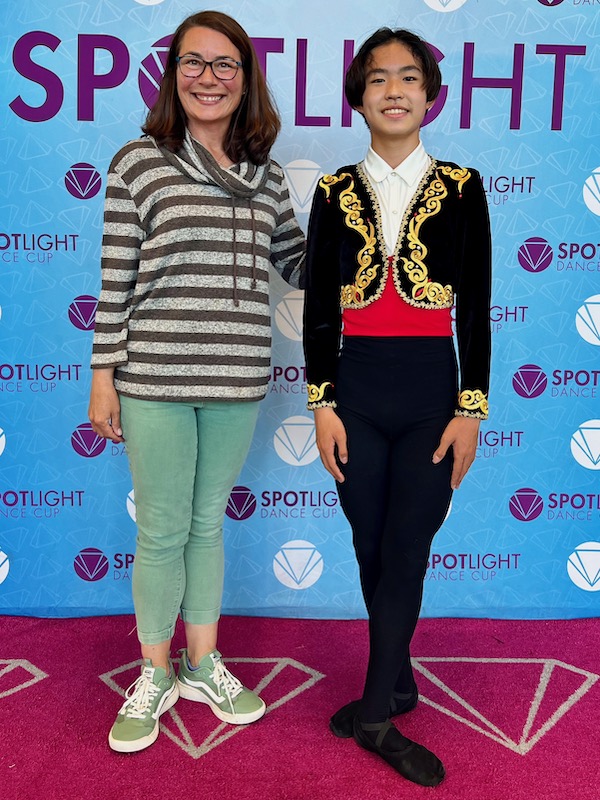

‘Some students feel uncomfortable – like they’ve disappointed us’
Leigh Ann Koelsch
Students who leave at 13 or 14 might not get to reap all the benefits of a formal graduation ceremony and a final performance, but teachers emphasise that it’s still important to say a proper goodbye. ‘Sometimes students, especially younger ones, feel slightly uncomfortable – like they’ve disappointed us,’ says Koelsch. ‘It’s really important that they know we support their decisions.’ Knight assures students that she isn’t offended if they decide to prioritise a different activity. ‘I don’t feel jealous or upset if they choose something else,’ she says. On the contrary: she feels proud that she’s helped a student mature to the point that they can make their own decision.
Saying goodbye is a way to pay tribute to the emotional bonds between students and ballet teachers. ‘We get our students for a lot longer than school teachers do,’ says Koelsch. ‘We get to see them grow up.’ Day in and day out, teachers are there to witness technical, physical and emotional milestones. They see how students cope with injuries and help them handle setbacks. ‘You kind of become like a second parent,’ says Porter Young. Koelsch was heartbroken to see Yuki go: they had become close as she coached him for competition solos and watched him grow up. But she was moved by his note, which she calls ‘lovely and mature.’
RAD teachers emphasise, too, that goodbyes are never final. ‘I always encourage them to stop by the studio and come in for a hug anytime,’ says Koelsch. ‘I never think goodbye is goodbye, because the door’s always open,’ says Joshua Tuifua, who danced with the Royal Ballet and now teaches at the RAD headquarters in London. This attitude often pays off. Many of Knight’s students have wound up missing dance and deciding to return. ‘When they had to scratch that itch again, they knew the door was open and they knew that they’d be welcome back.’
‘Goodbye is never goodbye – the door is always open’
Joshua Tuifua
Even if students really are done with ballet, they still might drop by the studio to visit when they’re home on breaks, or send teachers updates on social media. ‘Part of the reason I joined Facebook years ago was because of former students,’ says Koelsch. ‘I love to see after they graduate from college and get married.’ Following each other’s news and liking each other’s posts can keep the connection alive. Isabelle Pirrone, a 21-year-old university student and aspiring psychologist, studied with Porter Young from the ages of 4 to 19; the studio was like her second home. Ballet ‘was always the thing I looked forward to after school,’ she says. Young ‘was always there for us.’ They keep in touch on Facebook and Pirrone still considers Young a role model and a mentor. ‘It’s always a joy, getting to hear from her again,’ she says. ‘Those small interactions lead us back to each other.’
It’s especially gratifying for teachers to see evidence that students are keeping dance in their lives, whether through joining their university’s dance group – one of Procter’s students set up Birmingham University’s first ballet society – or, eventually, enrolling their own children in ballet classes. ‘You witness that and you’re part of that journey,’ says Procter. Long-lost students sometimes resurface years later. Both Procter and Koelsch are currently teaching the children of their own former students.
In the two months since Yuki’s last ballet class, he’s been using his newfound spare time to teach himself Python and study maths. ‘I would say I made a good decision,’ he says. He’s looking forward to joining coding clubs when the school year resumes – and he’s also looking forward to the weekly contemporary class he’s decided to keep.
Alice Robb is the author of Don’t Think, Dear: On Loving and Leaving Ballet (HarperCollins/Oneworld). She has written about dance for Vogue, Vanity Fair and the Times Literary Supplement.
Tang wen ching is an illustrator based in Taiwan. Her work has been featured in Lonely Planet magazine and World of Interiors and she has collaborated with Christian Louboutin.










